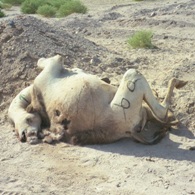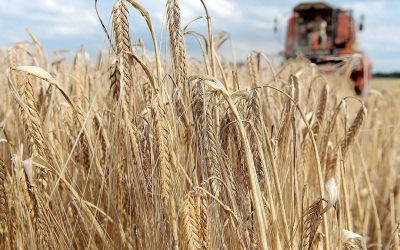Dead camels still puzzle scientists

The several thousands of dead camels in North Africa and the Middle East have baffled scientists who are probing toxins, antibiotic pollution, viruses and even climate change as possible causes.
In Saudi Arabia alone, between 2,000 and 5,000 camels perished inexplicably,
it was revealed in Science. The ships of the desert are being sunk in unusual,
and worrying, numbers, the journal warned.
‘The numbers of deaths we are
seeing at present are unprecedented,’ said camel researcher Bernard Faye, who is
based at the French Agricultural Research Centre for International Development
(Cirad).
“A great many animals are dying and it is not at all obvious
what is the cause. The problem is that there is a real lack of good
epidemiological evidence, and until we can get that we will struggle to find the
causes of these deaths and to find ways of stopping them.”
There were
several outbreaks of sudden deaths among camels in many countries in northern
Africa in 2007. However, the worst occurred in Saudi Arabia. At least 2,000
dromedaries perished in a region south of Riyadh, the Saudi capital. Unofficial
estimates put the death toll as closer to 5,000.
Many options, no
cause found
Initial reports blamed infectious disease, but after Saudi
vets sent blood samples to international laboratories it was announced that the
animals had been killed by contaminants in their fodder.
Two particular
contaminants were pinpointed: the antibiotic salinomycin, a supplement used in
chicken feed that is toxic to camels, and a fungal species with mycotoxins that
can cause nerve damage.
The Saudi government has shared little
information about its investigation and evidence pinpointing fodder contaminants
is disputed by experts.
Recent reports of camel deaths across the region
have increased dramatically – on top of the Saudi outbreak. Changes in types of
fodder may be linked to immune problems, it is suggested.
Other
scientists argue that climate change may be increasing numbers of
disease-bearing insects, while others argue that changes in the use of camels,
which are exploited less for transport and more for milk and meat today, may be
making them more susceptible to disease.
Related articles
Foul feed suspected for killing Saudi camels
Ministry blamed for deadly camel feed
Insecticides in feed cause of camel
death
For regular updates on feed news subscribe here to our free
newsletter











